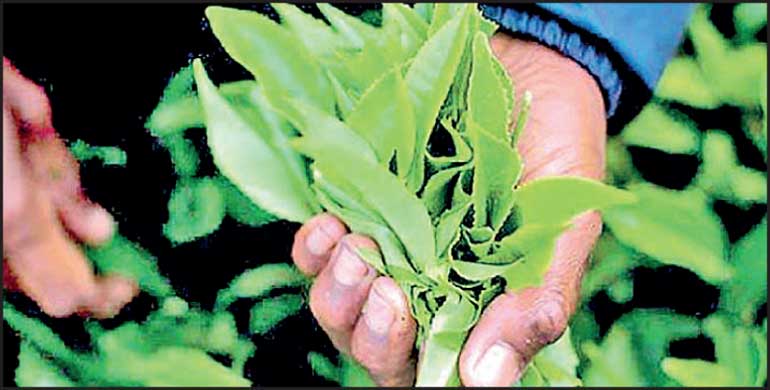- September tea production registers 7-year high of 24.13 m kilos, up by 27.67% YoY
- Production increases at all elevation levels compared to September 2023
- Jan. – Sept. crop improves by 1.41% to 196.21 m kilos
Sri Lanka’s tea crop has seen an improvement in volumes, despite the adverse weather conditions and other constraints.
As per provisional data released by Sri Lanka Tea Board, September registered a seven-year high of 24.13 million kilos, a healthy 27.7% over last year’s exceptionally lower figure of 18.9 million kilos.
The first nine months of 2024 crop also saw a marginal increase of 1.79% compared to 2022 — reflecting the struggle for recovery after detrimental policy decisions.
Data analysed by Forbes and Walkers Research confirmed that in September all elevations have shown a steady growth in volume in comparison with the corresponding period of 2023.
High-grown elevation produced 4.59 million kilos up by 10.57% YoY whilst, medium elevation production was 4.10 million kilos up by 38.04% YoY, and low-grown elevation crop was up by 31.75% to 15.29 million kilos. The production of green however dipped by 6.82% YoY to 189,695 kilos, though compared to September 2022 it is up by mere 8.33% to 0.01 million kilos.
Asia Siyaka Commodities PLC said this year’s low grown figure is the highest since 2017.
January – September 2024 cumulative production totalled 196.22 million kilos, registering an increase of 2.73 million kilos or vis-à-vis 193.49 million kilos YoY. The first nine months of 2024 registered a marginal increase of 1.41% YoY.
Asia Siyaka Commodities PLC said in 2022, the January to September figure was a low as 192 million kilos, but in 2021 the country achieved production of 234 million kilos. “The last time Sri Lanka achieved an annual production of 300 million kilos at the end of nine months the cumulative figure to September was 232 million kilos,” it added.
Separately, Forbes and Walker Research showed that compared to corresponding period in 2023, all elevations except for the high-grown and green tea segments have shown positive variances in the year 2024.
High-grown elevation produced 40.53 million kilos down by 8.43% YoY whilst, the medium elevation production was 35.51 million kilos up by 13.81% YoY. The low-grown elevation crop was marginally up by 1.86% to 118.47 million kilos and the green tea crop was at 1.68 million kilos, down by 1.07% YoY.
When compared to 192.77 million kilos of January-September 2022, cumulative production of 2024 shows an increase of 1.79% or 3.45 million kilos.
Industry growers had said the cost of production has steeply risen by around, in addition to the wages hike.
“From fertiliser to electricity to labour to packaging; all the prices have hit the roof,” tea growers claimed.
As per the Sri Lanka Tea Board, the country’s total national production for the year 2023 was 256.04 million kilos, registering a slight increase of 4.20 million kilos compared with 251.84 million kilos in 2022. In 2022, the country recorded its lowest in 26 years when 246 million kilos were produced in 1995 following a brief ban on chemical fertilisers and agrochemicals.
Thus, the industry remains under pressure this year to achieve at least what was reach above 250 million kilos. In 2021, the total national production was 299.49 million kilos.
FT

